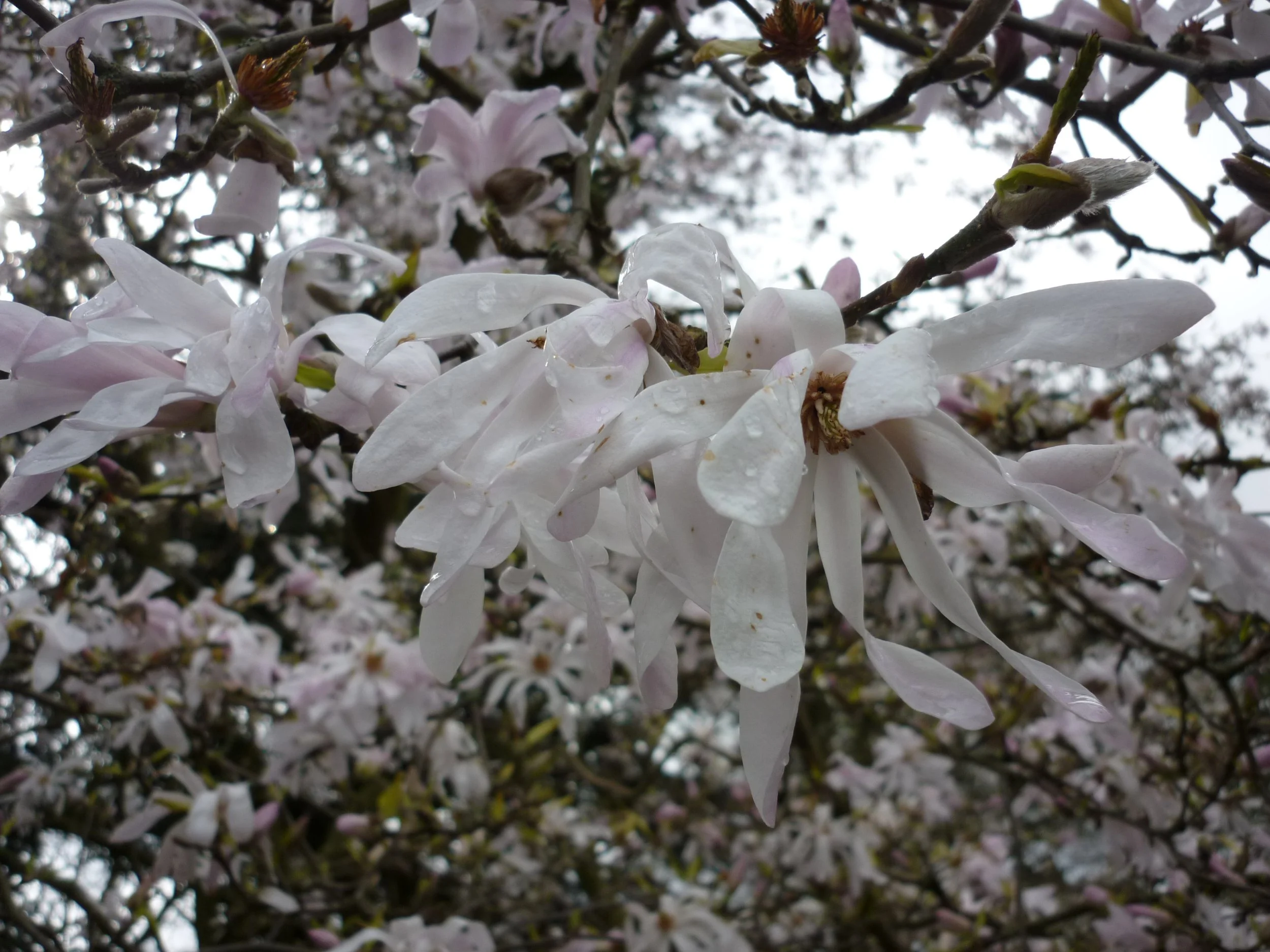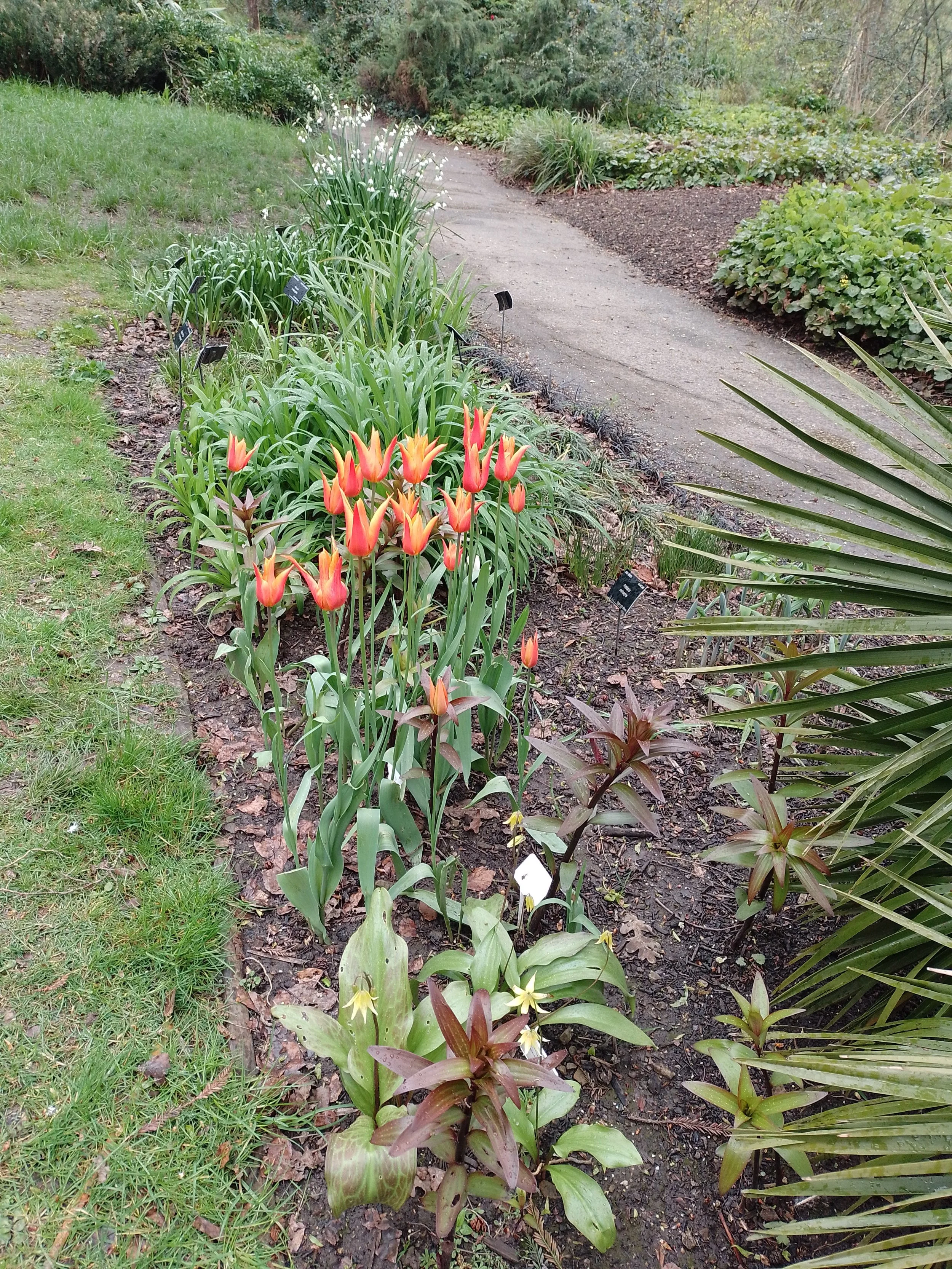Evolution Garden
This area is designed as an education trail to show how plants have evolved over millions of years.

Our focal point is a fossilised stump of one of the giant club mosses which flourished some 310 million years ago, in the Carboniferous period and which contributed – eventually – to the Coal Measures.
Blocks of coal have been added to show what such plants finally became. The fossil was found in the Chapeltown area by a party of railway navvies in 1875. In the early 1980s it was moved from High Hazels Park to the Botanical Gardens.
There is a remarkable collection of conifers including Metasequoia glyptostraboides (Dawn Redwood), Sequoiadendron giganteum (Giant Redwood), Sequoia sempervirens (Coast Redwood) and Pseudolarix amabilis (Golden Larch).









